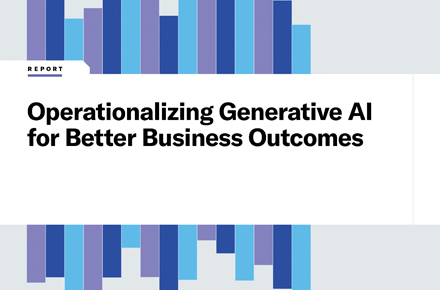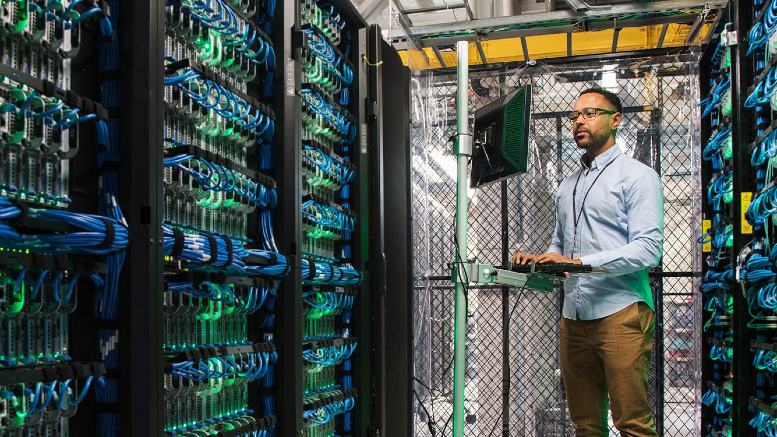How leading LLM developers are fueling the liquid cooling boom
April 10, 2025 / Vivek Swaminathan
Short on time? Read the key takeaways:
- Training AI models requires sustained GPU utilization, consuming up to 1,000W per chip, while inferencing still generates significant thermal fluctuations
- Air cooling struggles with rising power density and energy costs, making liquid cooling a more efficient alternative
- AI workloads create mineral buildup, corrosion, and microbial growth in liquid cooling systems, requiring ongoing upkeep to prevent failures and ensure efficiency
- With 300% YoY growth projected by 2026, liquid cooling is now a must-have for enterprises deploying advanced AI models
AI models like OpenAI’s latest systems are reshaping computational infrastructure, with liquid cooling emerging as an unsung hero in this transformation.
To understand why, we must first examine how AI workloads strain hardware differently during training and inferencing.
Training vs. inferencing: A GPU power divide
During training, large language AI models require massive parallel processing to analyze datasets and adjust billions of parameters. Graphic Processing Units (GPUs) excel here, with high-end models like NVIDIA’s H100 consuming 700W per chip. Training a single model can take weeks, demanding sustained GPU utilization and generating intense heat.
Inferencing, however, focuses on applying trained models to real-world data (e.g., ChatGPT generating responses). While less computationally grueling than training, inferencing still relies on GPUs for low-latency tasks like autonomous driving or medical imaging.
The heat surge driving liquid cooling adoption
AI advancements directly correlate with rising thermal demands:
- Power spikes: NVIDIA’s upcoming Blackwell B200 GPUs will exceed 1,000W per chip.
- Rack density: AI workloads now require 60–120 kW per rack, up from 15 kW in traditional setups.
- Energy costs: Air-cooled data centers spend about 40% of energy on cooling alone.
Traditional air cooling struggles with these loads. For example, cooling a single H100 GPU with fans requires 1.5x more energy than liquid-based methods. This inefficiency has accelerated the shift to liquid cooling, which offers:
- 40% lower energy use compared to air systems
- 50% reduction in hardware failure rates
- Support for ultra-dense GPU clusters (critical for AI factories)
The liquid cooling maintenance boom
As AI models grow, so does the need for specialized cooling infrastructure. AI training runs GPUs at 90–100% capacity for weeks, pushing coolant temperatures to 45°C+ in closed-loop systems. This creates mineral buildup and corrosion risks.
As organizations adopt liquid cooling systems, maintenance becomes a significant factor. Each dollar spent on liquid cooling hardware typically incurs an annual upkeep cost of 30–50 cents.
Understanding liquid cooling failures: A simple explanation
Imagine you have a high-performance laptop that runs on batteries and gets very hot when you use it for a long time. If you don't cool it down, it might stop working or break. Liquid cooling is like giving the computer a special drink that helps keep it cool while it runs. However, if that drink leaks or gets dirty, the laptop can overheat again. This is why maintaining the liquid cooling system is essential—it ensures that everything stays cool and works properly.
The bottom line
AI’s hunger for computational power isn’t slowing down, nor does it need to stay cool. By 2026, liquid-cooled AI data centers are projected to grow 300% YoY, driven by enterprises deploying trillion-parameter models. As OpenAI and other industry leaders push GPU capabilities, liquid cooling has evolved from a luxury to an essential foundation of sustainable AI infrastructure.
Discover how to protect your AI investments and maximize performance today with Unisys’ field services support.

















